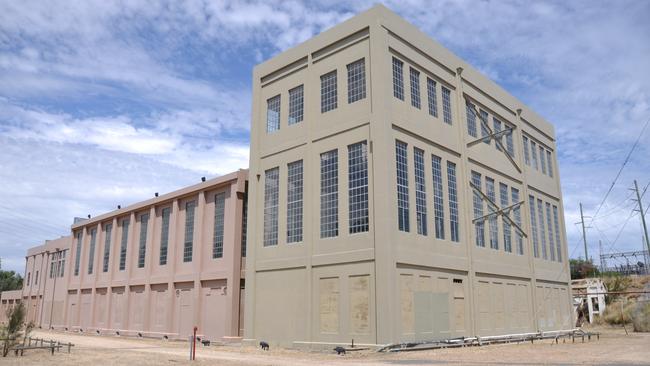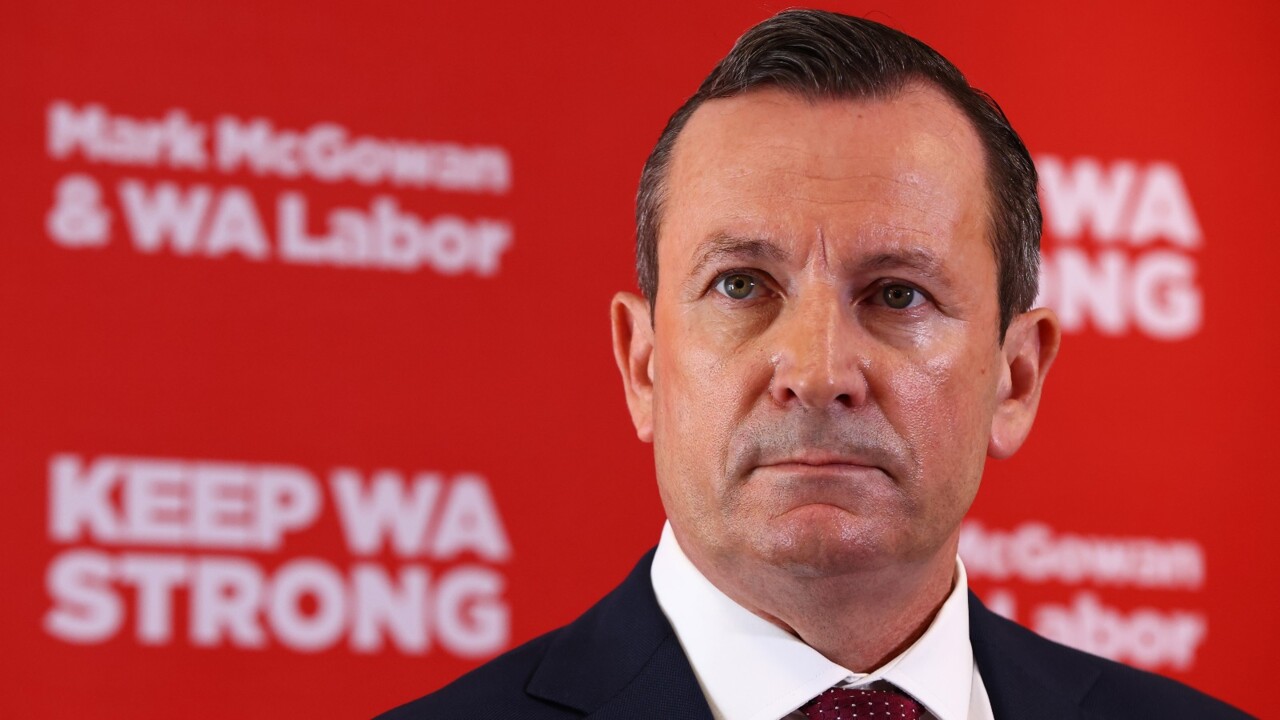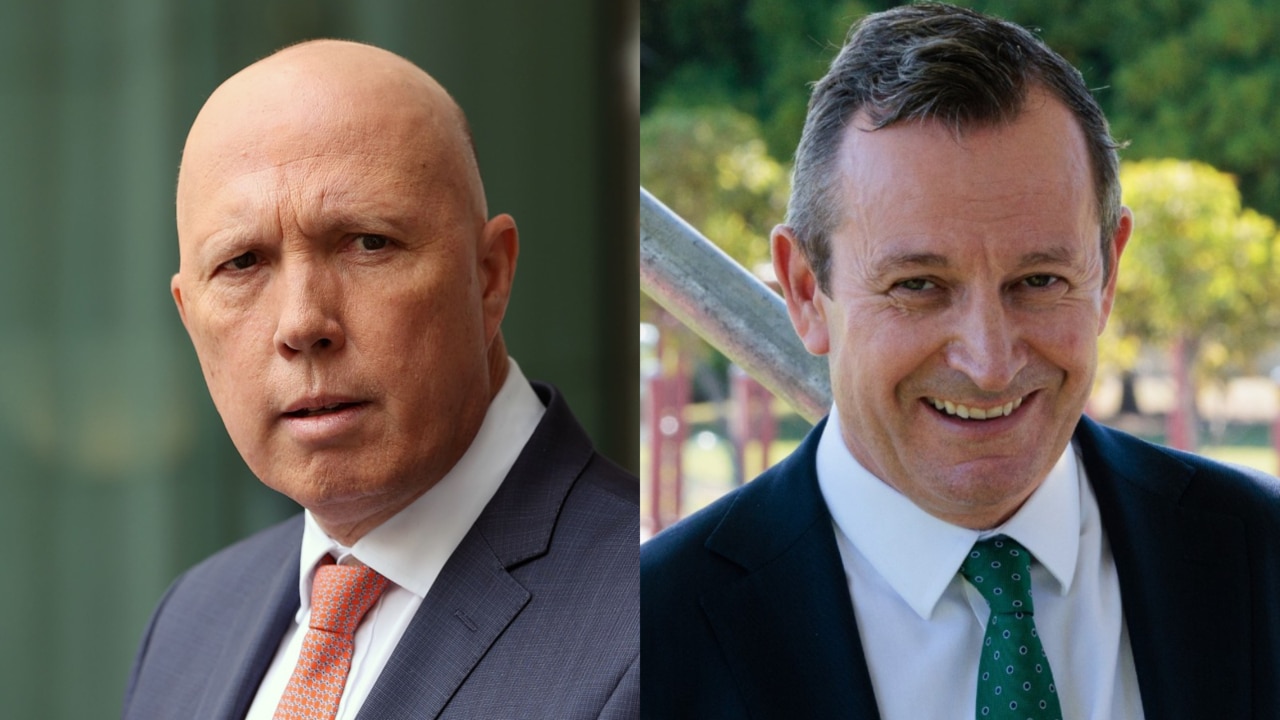WA taxpayer subsidies a boon for billionaires
WA taxpayers will tip in another $9.3m towards preparing a prime waterfront site on the banks of the Swan River for local billionaires Kerry Stokes and Andrew Forrest.

West Australian taxpayers will tip in another $9.3m towards preparing a prime waterfront site on the banks of the Swan River for local billionaires Kerry Stokes and Andrew Forrest.
The McGowan government is also poised to agree to provide performance warranties to the duo that will see taxpayers having to compensate the developers should there be any delays in the completion of the state-led works at the old East Perth power station site.
Premier Mark McGowan announced in April 2020 that Mr Stokes’ Australian Capital Equity and Dr Forrest’s Tattarang Group were the preferred proponents to develop the East Perth site. The two groups would commit to spending $218m developing a mixed residential, commercial, recreational and tourism precinct at the 8.5ha site as part of that agreement. The state government announced at that time that it had committed $50m to prepare the site for redevelopment. The biggest upfront costs are linked to the relocation of power infrastructure still in place at the site, which has otherwise sat derelict for decades.
But budget papers finalised last month included provisions for another $9.3m of spending by the state on the project.
The increased commitment comes just months after the government used its mid-year review to add a further $8.5m to the forecast cost of the project, meaning the state is now set to spend more than $70m getting the site ready for development by media mogul Mr Stokes and iron ore magnate Dr Forrest.
The latest budget papers also revealed the state’s land development agency, DevelopmentWA, and the proposed developers were negotiating performance warranties over the project. The budget papers said those warranties would address risks associated with potential delays in the site works and issues such as infrastructure decommissioning and removal, and site decontamination.

A spokeswoman for Mr McGowan said the latest extra funding for the project reflected rising construction costs.
“An additional $9m has been allocated for the decommissioning and relocation of utilities infrastructure. This is to accommodate escalating construction costs, which is a challenge being experienced on all infrastructure projects,” she said.
The remediation works required were cited by the government as the reason it valued the East Perth site at just $1.
The spokeswoman said the proposal aimed to revitalise the power station without taxpayers having to fork out hundreds of millions of dollars for the redevelopment. “Successive state governments have talked about redeveloping the East Perth power station but have done nothing. Our government is getting on with the job,” she said.
“If the public is ever going to be able to access the East Perth power station site, then the state needs to play a role in de-constraining the site and cleaning it up. If we didn’t commit to these works, the site would … just continue to sit there as an eyesore, as it has done for a decade.”
The East Perth site is one of only four examples of so-called cathedral-style power stations still standing anywhere in the world. Two of the others are both in London: the Tate building, now home to one of the world’s most famous art galleries, and the recently restored Battersea Power Station. The fourth is the derelict South Fremantle power station, which was put up for sale by the state government last year.
The East Perth building was built in 1914 and decommissioned in 1981. It has since fallen into disrepair, but the site has long been eyed by developers.




